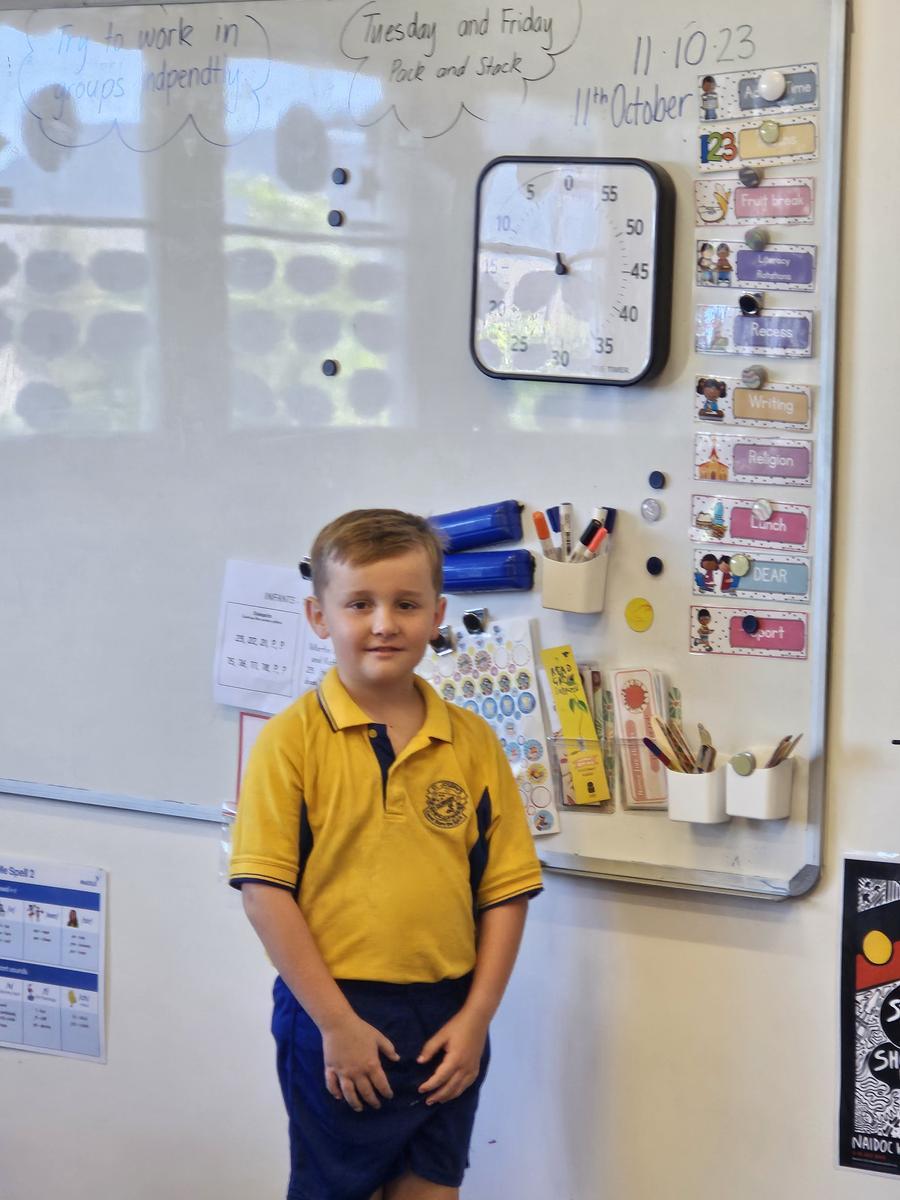Mathematics
Mrs Robyn Wilson - MaST - Mathematics Specialised Teacher
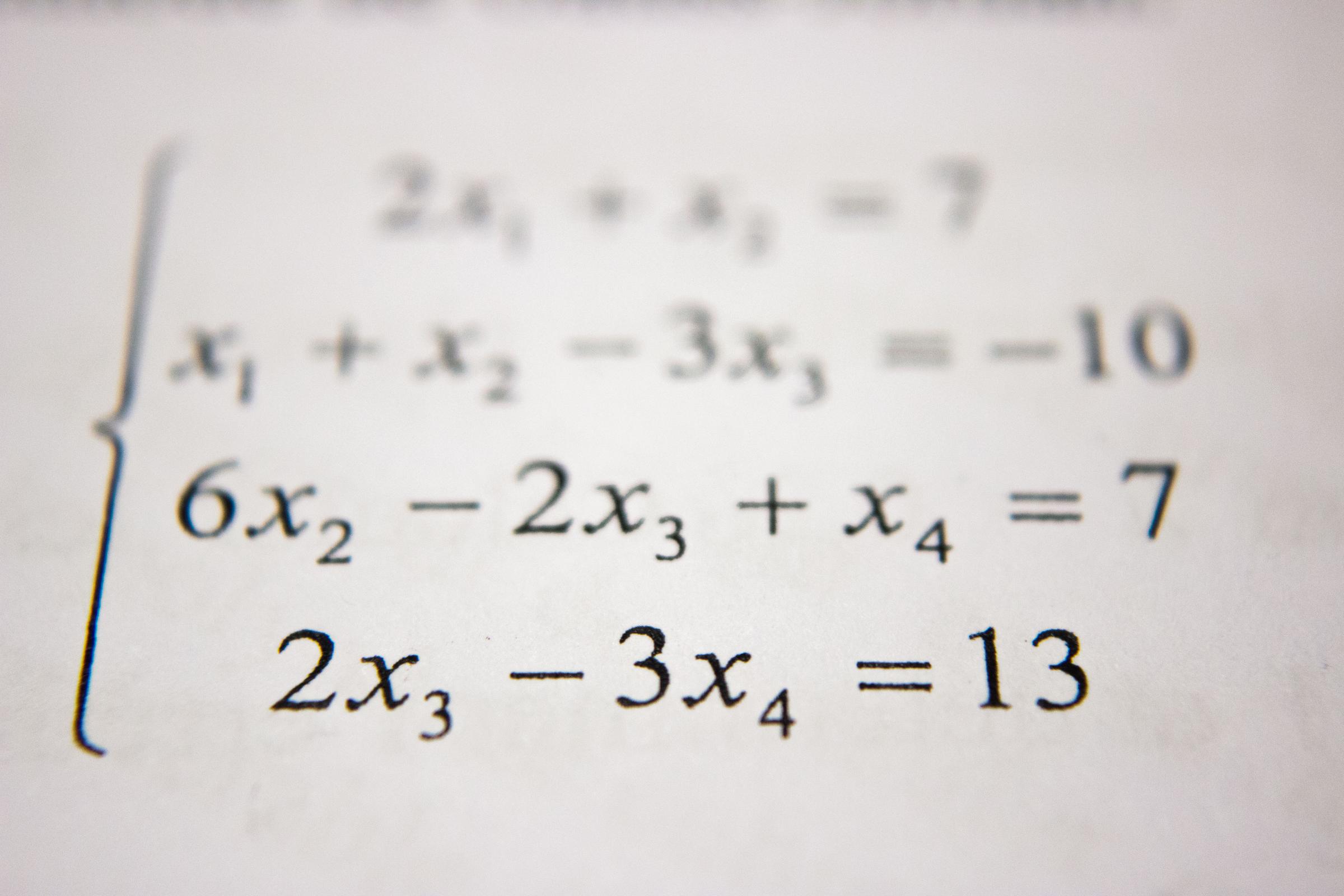
Mathematics
Mrs Robyn Wilson - MaST - Mathematics Specialised Teacher
Telling the time is an important skill in for everyone to have in our everyday life. We all know how tricky it can be to learn especially today when all our devices use digital time.
Before your child will be able to tell the time on a clock, they will need to grasp how time relates to their own experiences. You can start to increase their awareness of time by doing some simple activities and games.
You don’t need to be an expert to support your child with maths! Here are five simple but effective ways to help your child learn to tell the time:
Draw attention to time by mentioning the time at different points in the day. For example, you could say, ‘it’s 5 o’clock – time for tea,’ or ‘it’s 7 o’clock – time for a bath.’
All the the teachers have visual timetables for the students to use during the day. Miss Pilgrim everyday asks the students what day is it today? What was the day yesterday and what will it be tomorrow? Parents too can practise doing this at home.
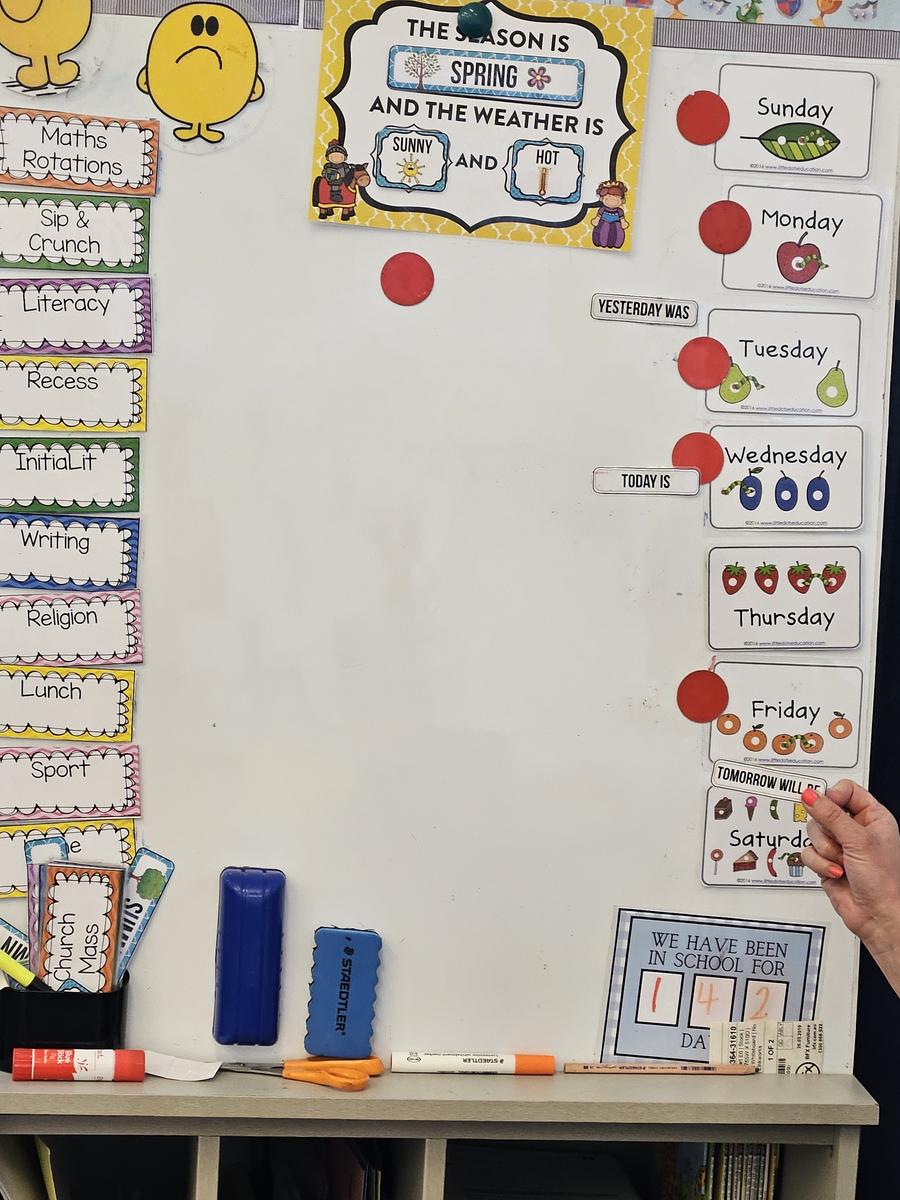
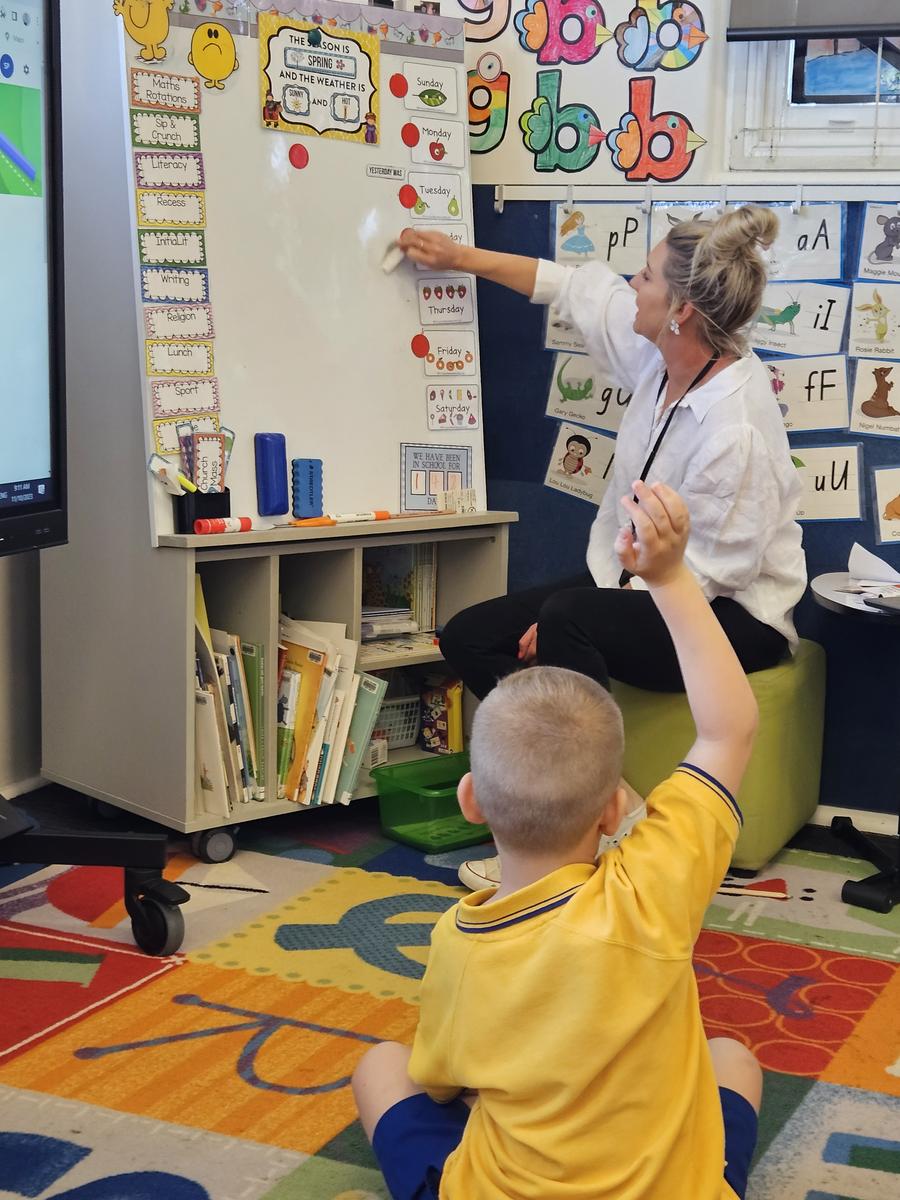




Ovens, phones, microwaves, television and computers all tell the time, but the best way of learning how to tell the time and, importantly, understanding how time passes is by using analogue clocks.
With little ones, start with analogue clocks rather than digital clocks. This is what they will be doing in school. Watch the hands move from seconds to minutes and then to hours, focusing on telling time to the hour and half hour.
It’s very important that children can see clocks around the home. Ideally it should have a clear hour hand and minute hand as this will help them to understand that the short hand shows the hour and the long hand shows the minutes. Stage 2 are doing time this week and they are practicing using analogue clocks.

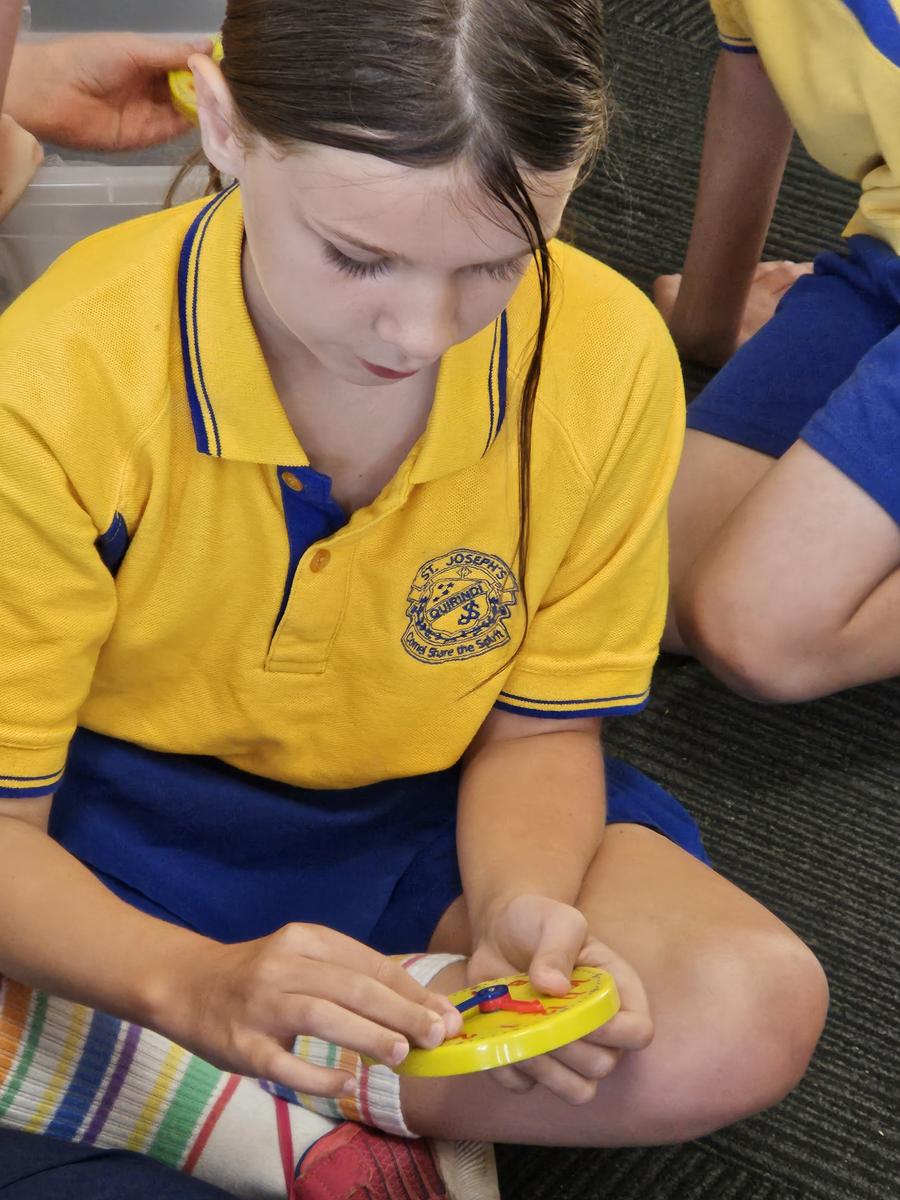
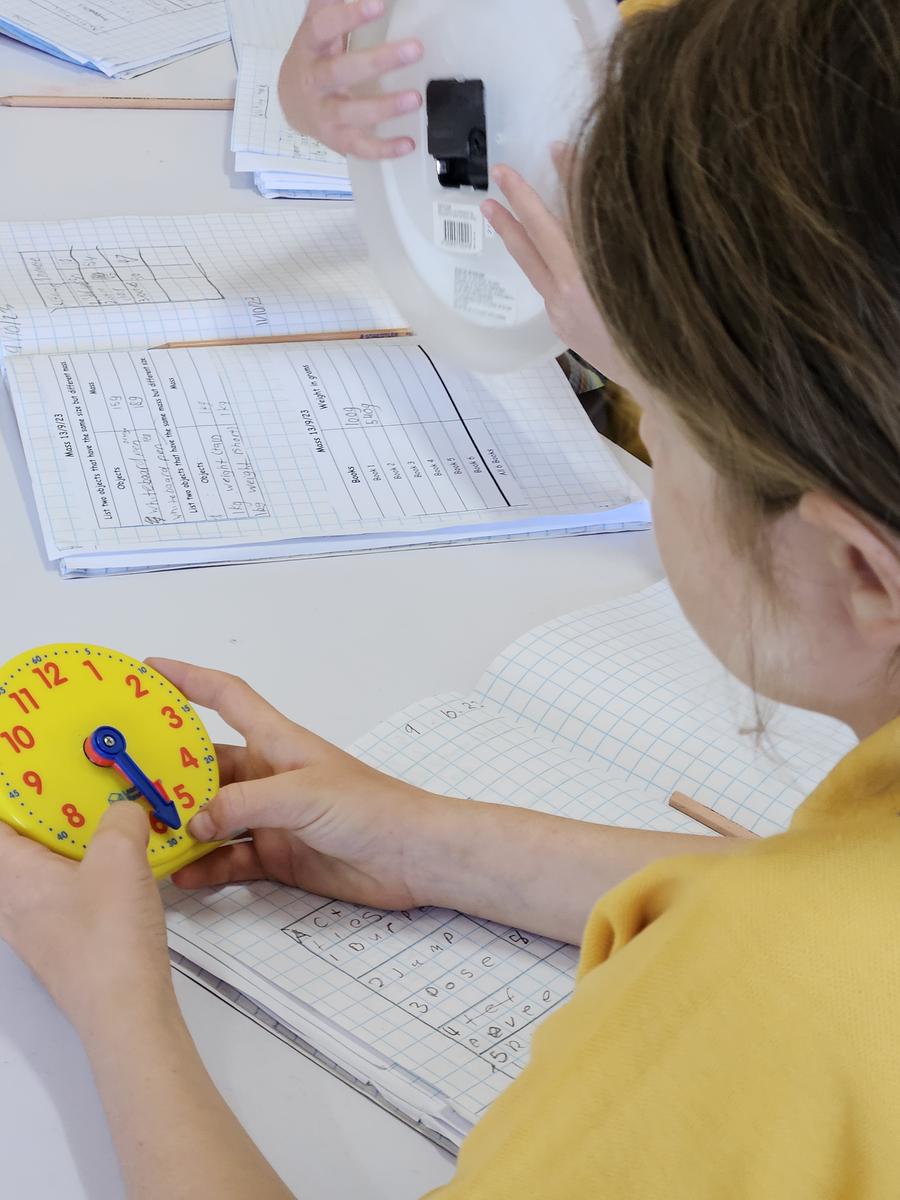
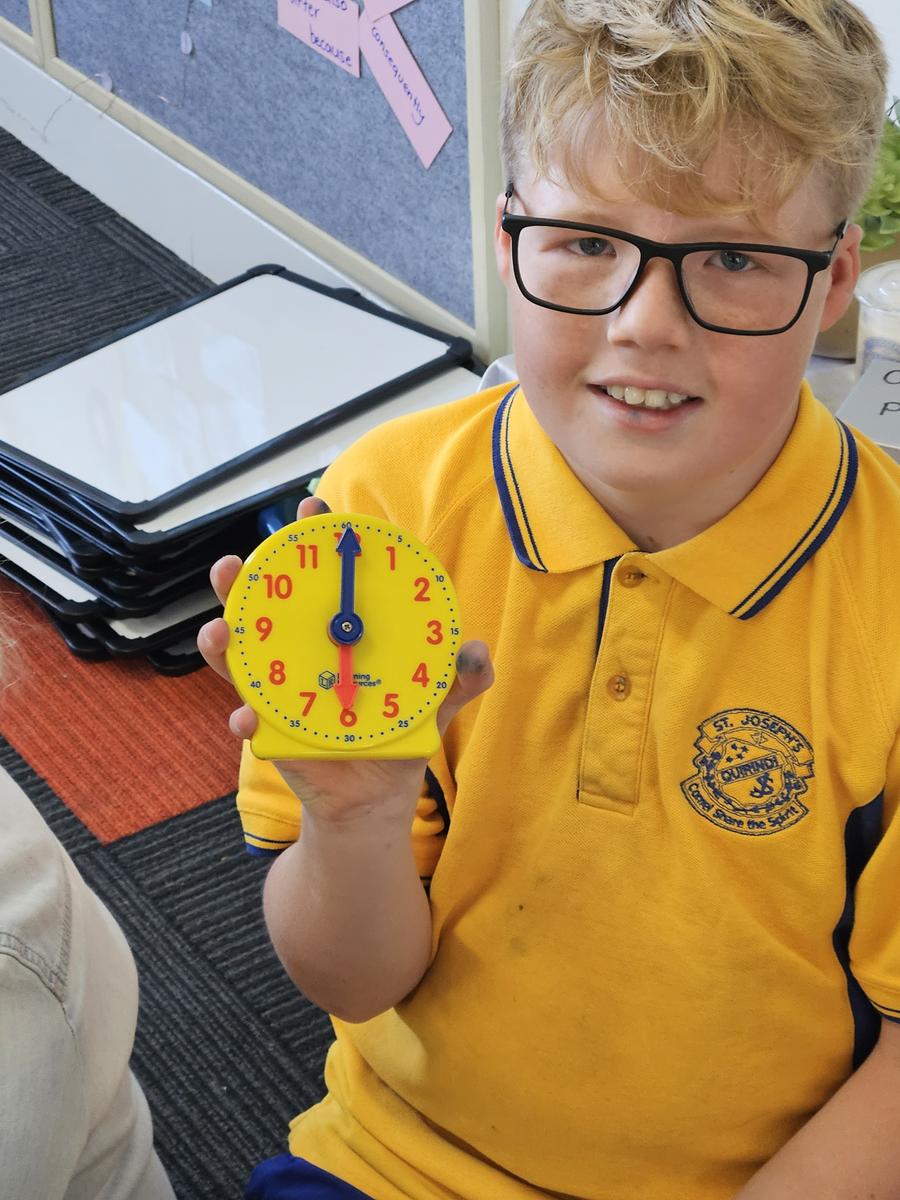

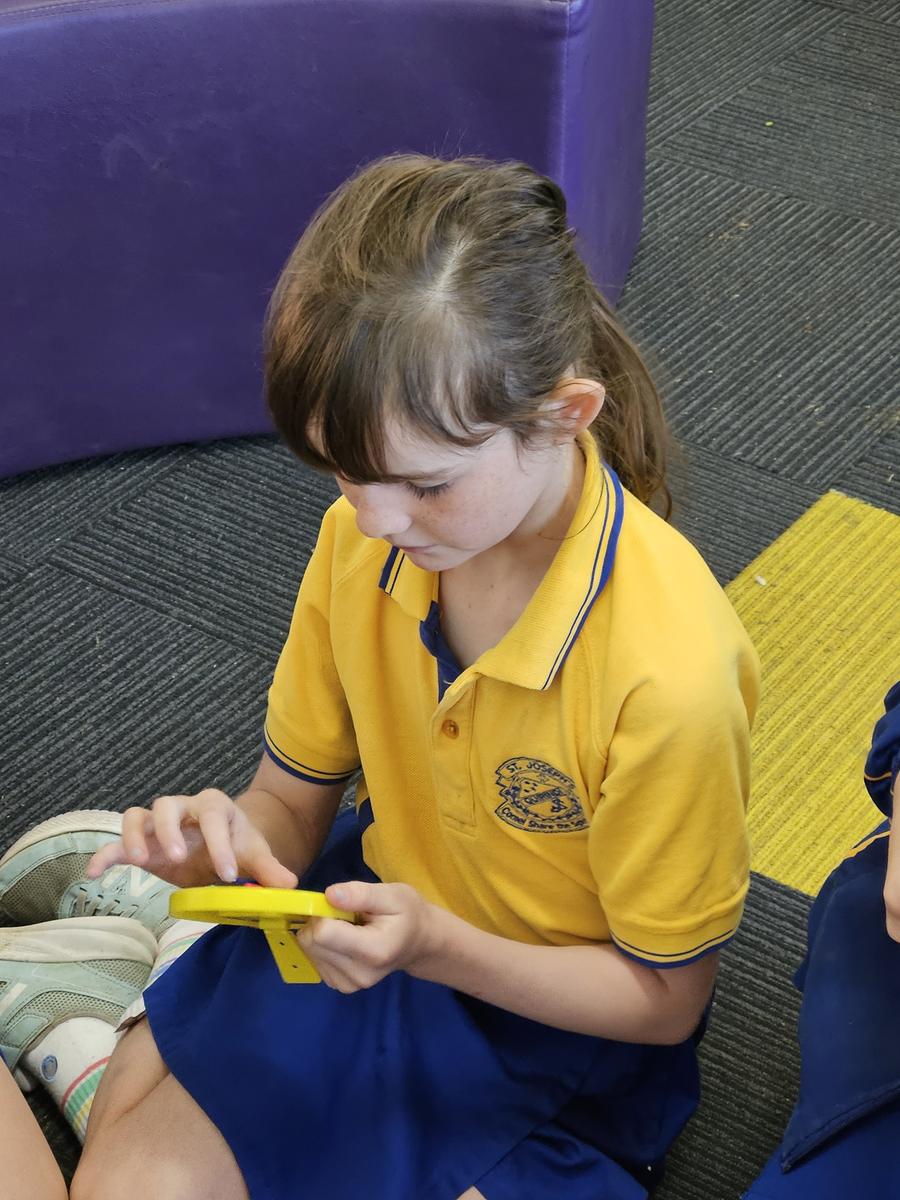










Although multiples of 10, 100 and 1000 are key numbers when measuring, time is focused on 60. Make sure your child is confident with numbers and counting from 1–60 as this will make telling the time easier. Skip counting by fives and practising the five times table will also be a big help.
Stage 3 practise their times tables every morning so that they are confident doing their 5x.
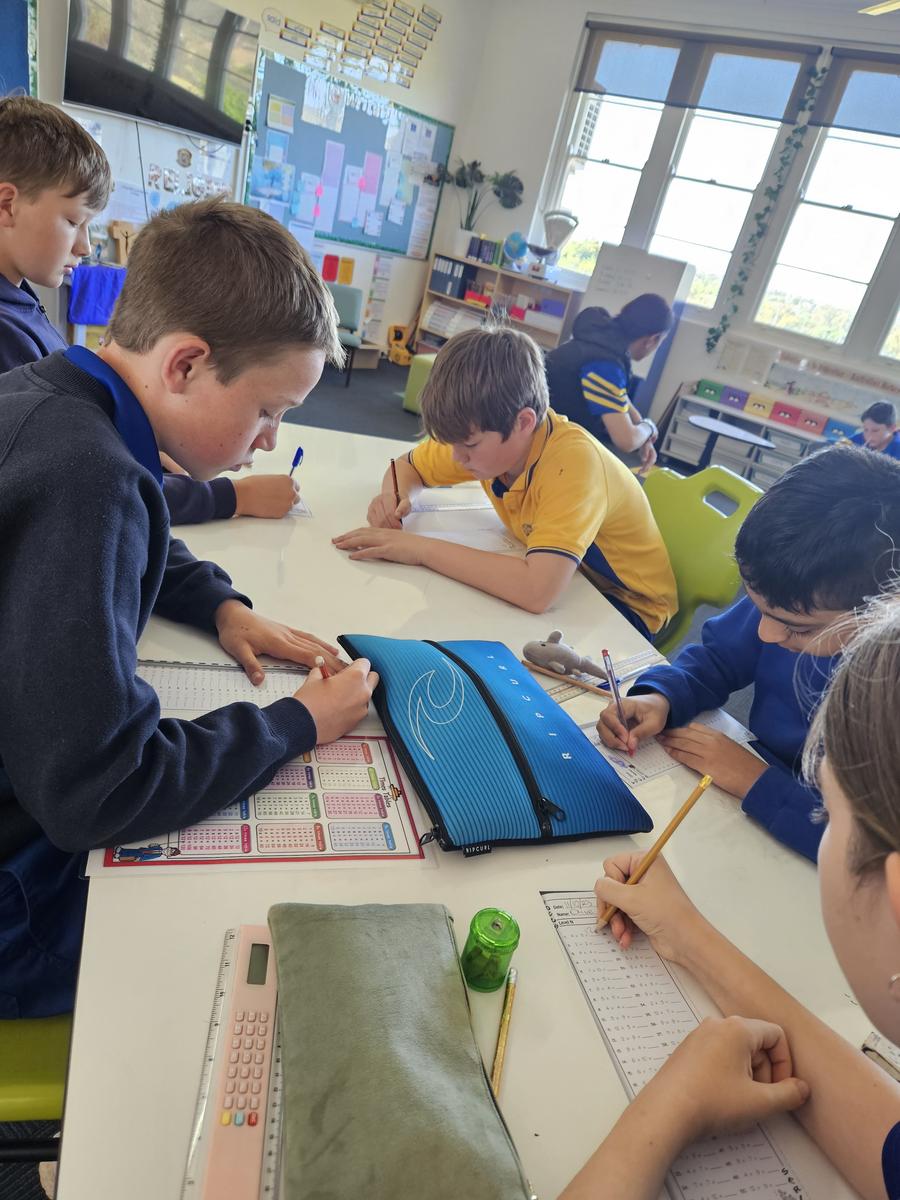
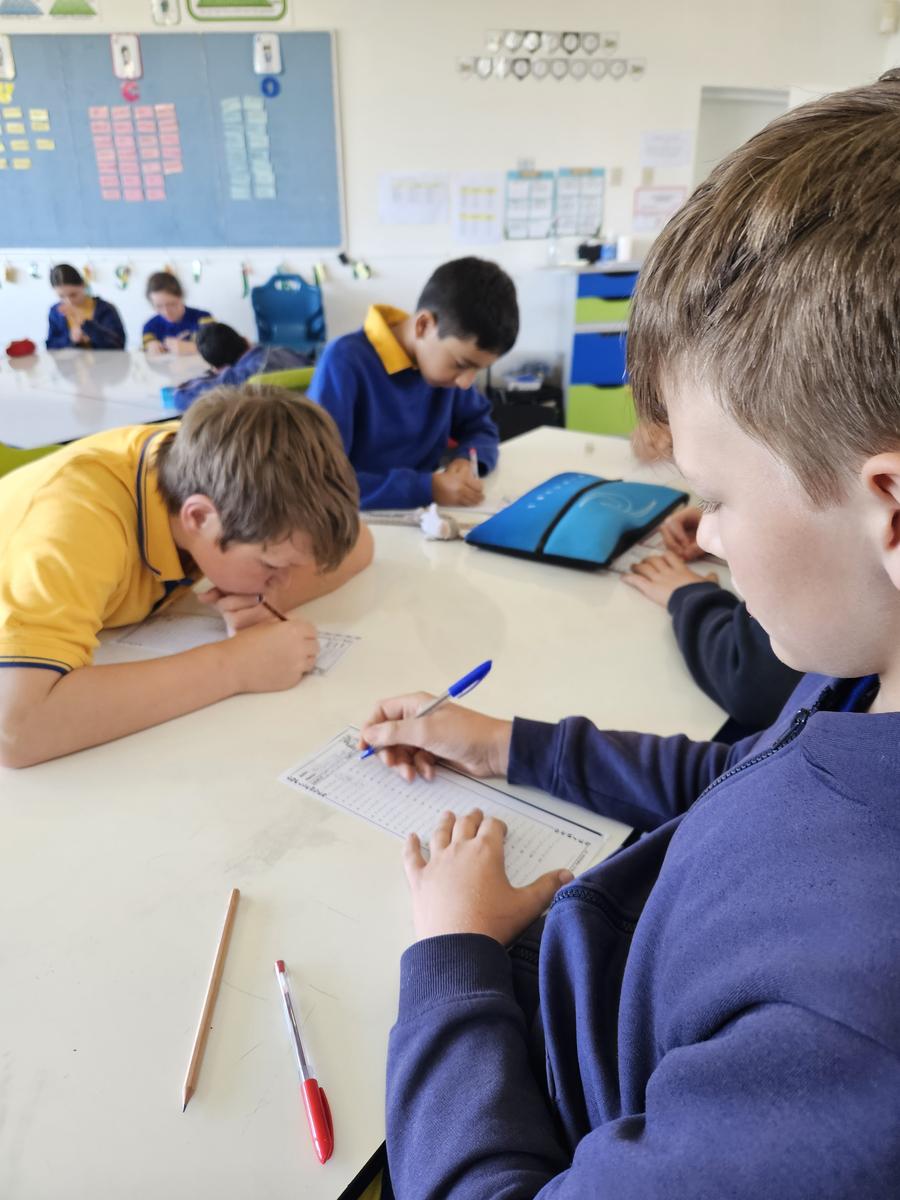
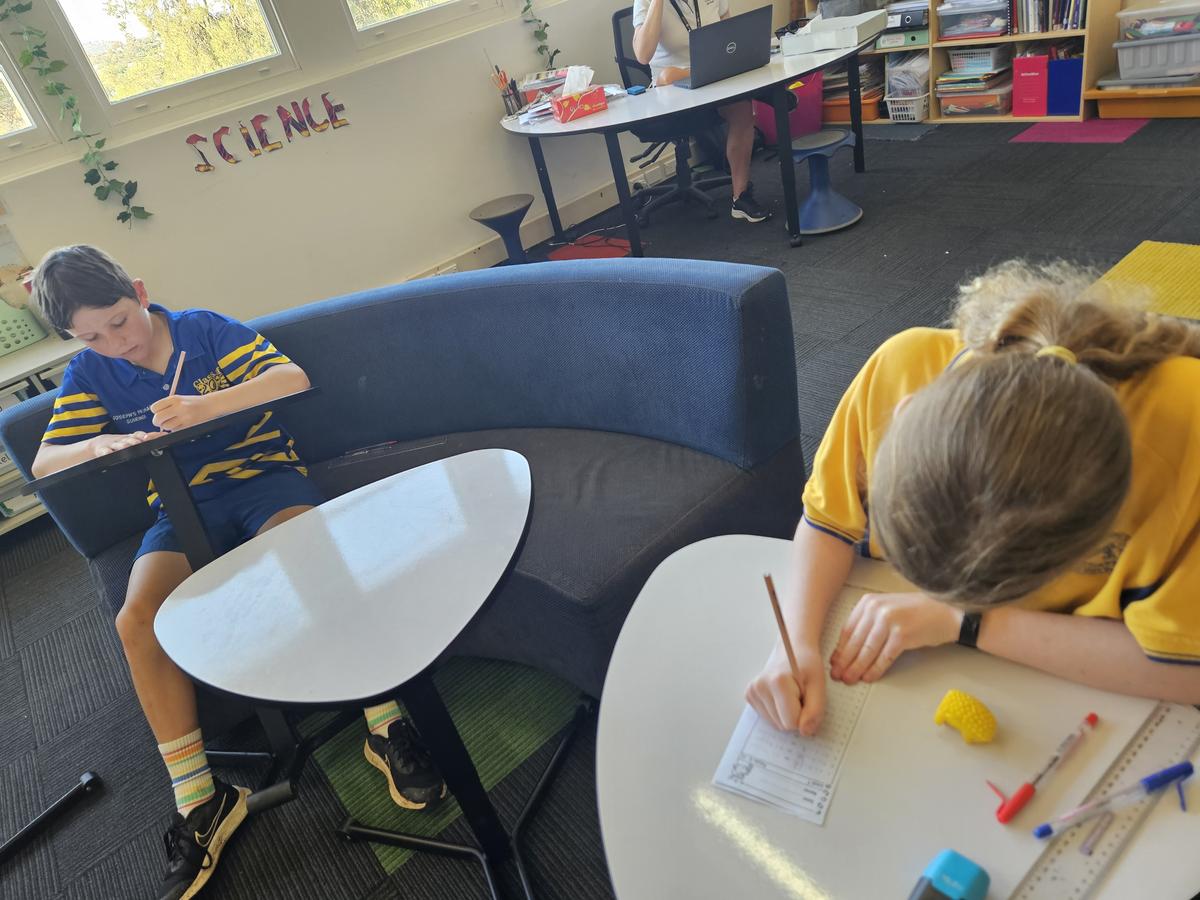

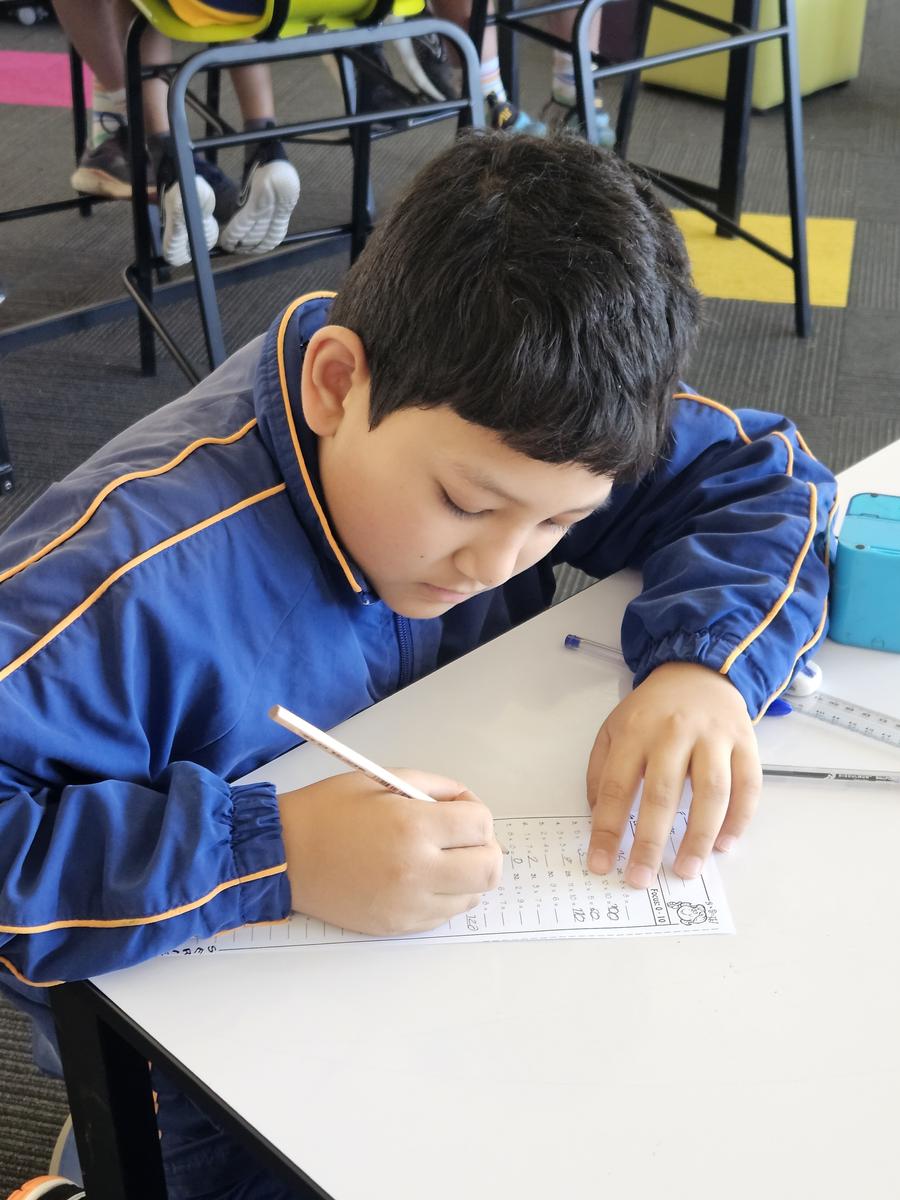
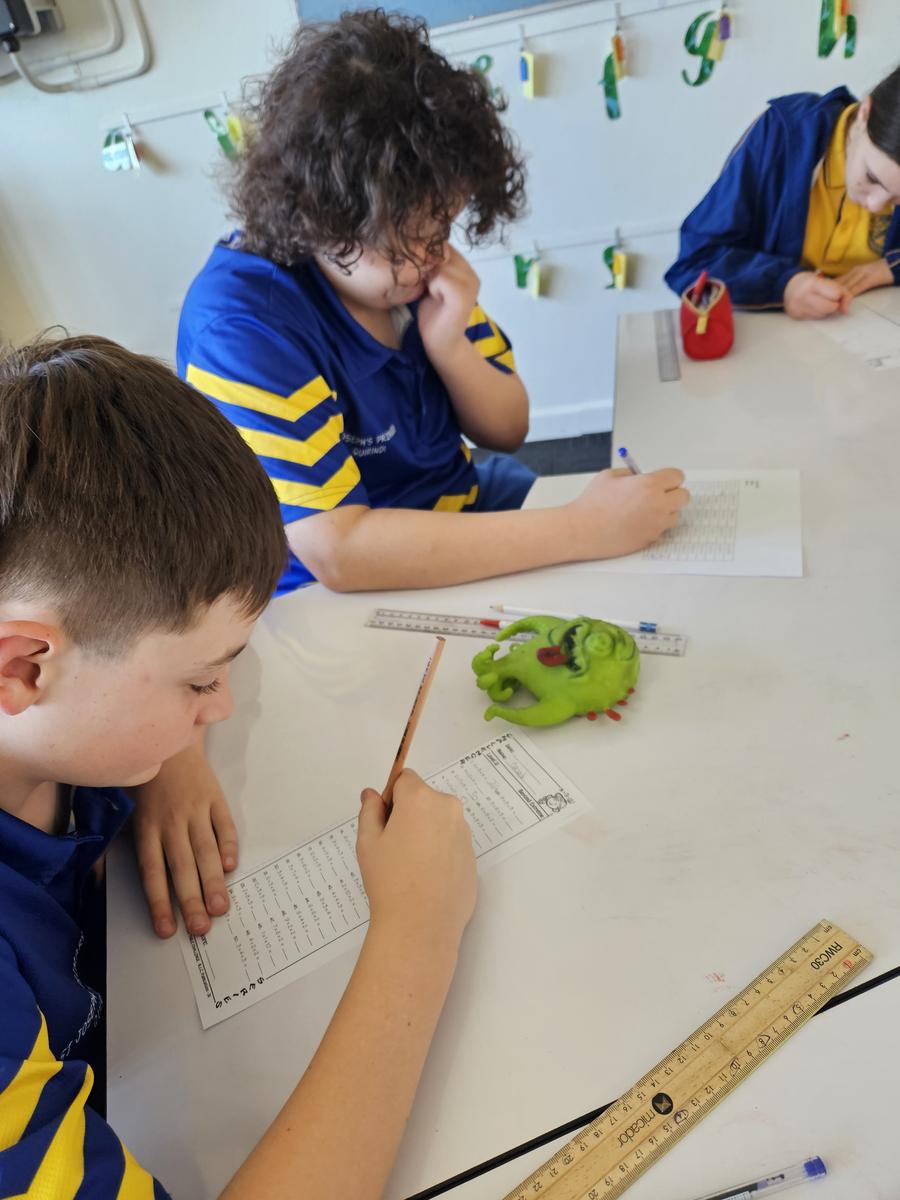
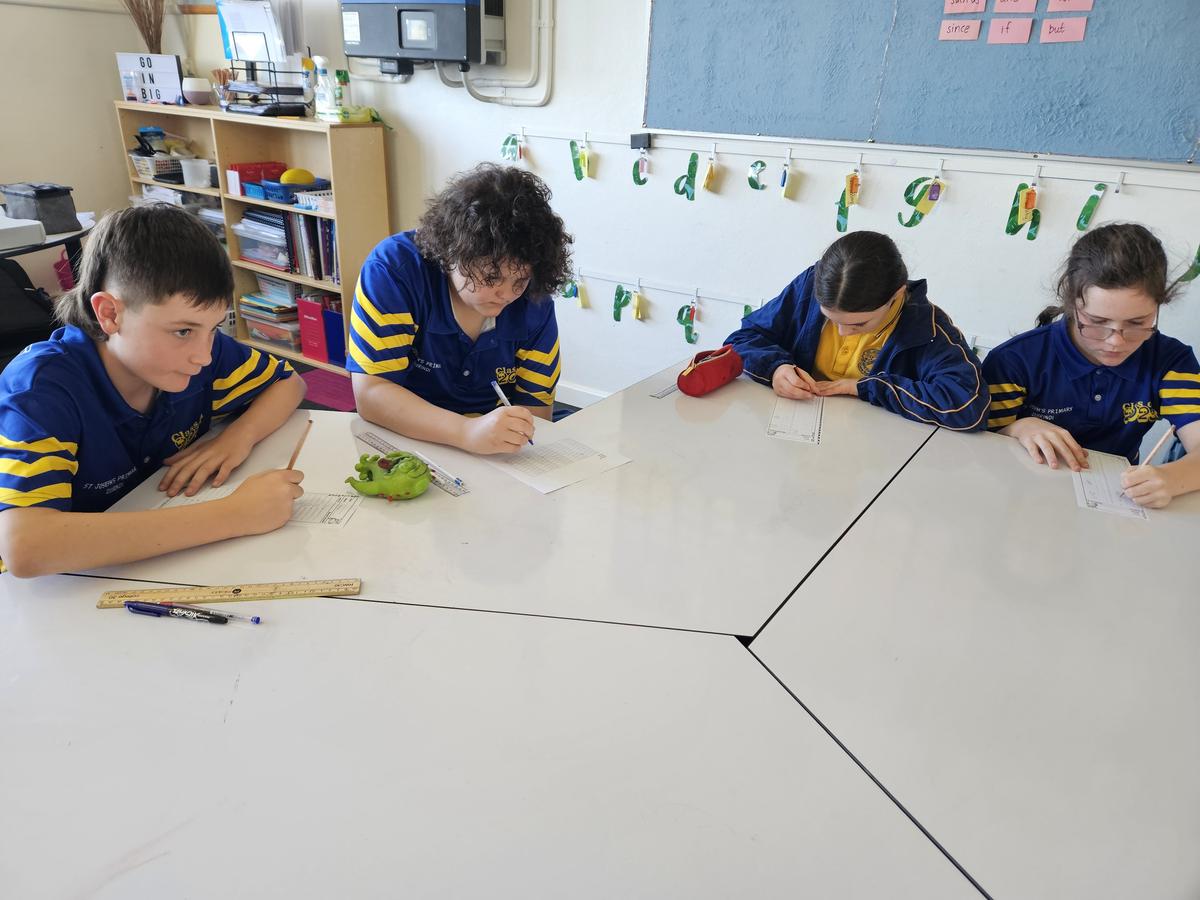

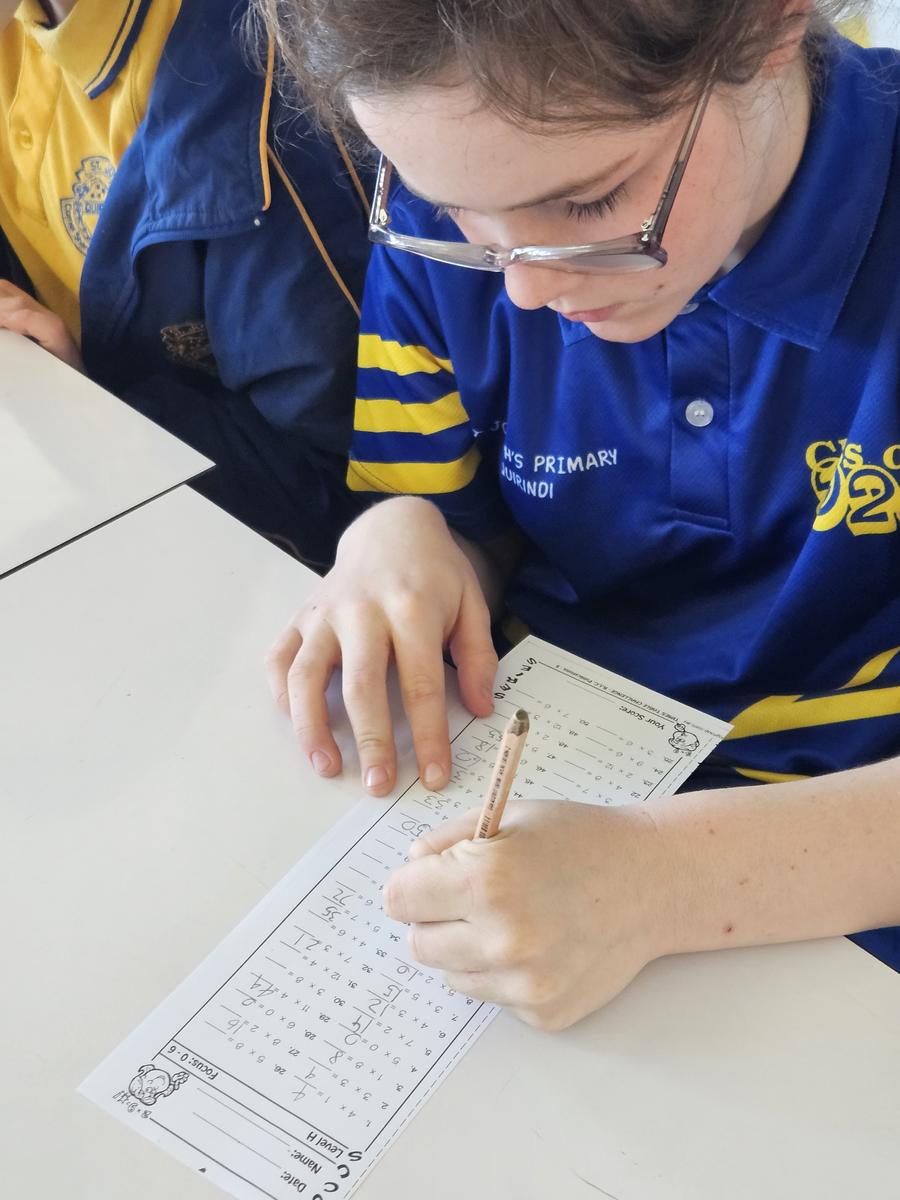









When you’re out and about with your child, look for analogue clocks and digital clocks. Practise reading times and converting them to 12- or 24-hour times. We have a lot of students that are traindriver families. Train drivers always speak in 24hr time so this is a great opportunity to practise with their children.
There are lots of opportunities to have fun when learning to tell the time. Have a go at some enjoyable activities that include measuring time, for example:
Below you can see Cash standing in front of the Stage 1 whiteboard where they have their visual timetable, date and a timer (which they use all the time in class)
